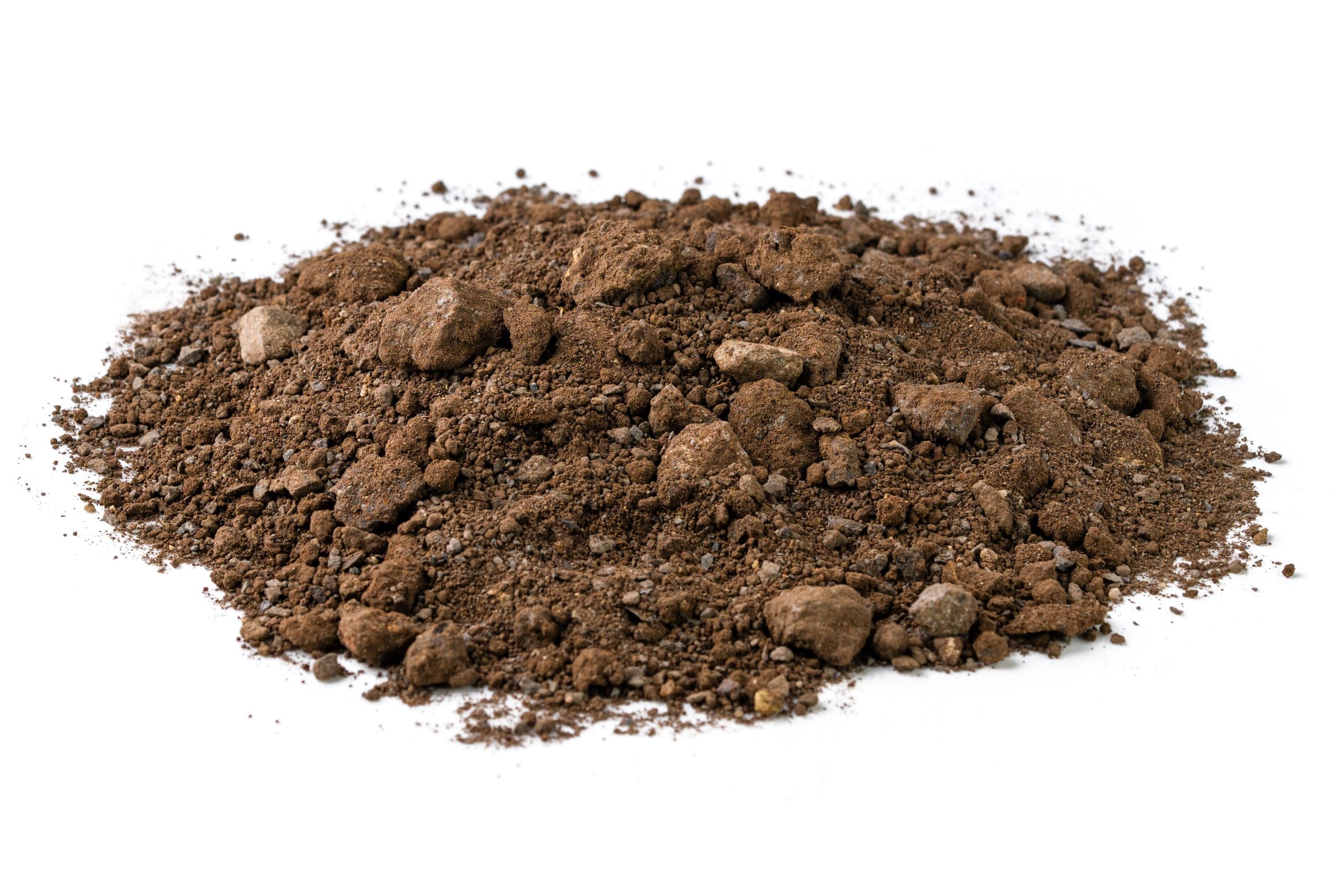Type A fill is a specialized category of engineered fill material utilized in construction, primarily to establish a firm and densely packed foundation for various structures. With low permeability, this material is positioned just beneath the pavement subbase or selected material. Its purpose is to mitigate fluctuations in moisture levels within the underlying material beneath the capping layer. Type A fill typically consists of well-graded soils, aggregates, or other materials that adhere to precise engineering standards.
Applications
It’s important to note that the specifics of Type A fill requirements may vary based on regional and local standards. Professional geotechnical engineering assessments and soil testing are essential to ensure that the chosen Type A fill material meets the project’s requirements and is properly installed for optimal performance. Consulting with construction professionals and engineers will help ensure the appropriate use of Type A fill in various applications.
Type A fill plays a pivotal role in diverse construction applications, ensuring structural integrity and stability. In the realm of building construction, it contributes to establishing robust foundations that uniformly distribute the weight of buildings and structures, assuring their durability.
In road construction, Type A fill takes on the role of a subbase or base material, providing a secure platform for various pavement layers and effectively supporting the weight of vehicles, contributing to road longevity.
Type A fill serves as a versatile solution in projects involving embankments, engineered slopes, and retaining walls. Proves invaluable in stabilizing slopes and averting the scourge of erosion.
Beyond construction, Type A fill finds application in land reclamation initiatives, effectively levelling terrain for development, landscaping endeavours, and the creation of recreational areas. In utility installation projects, it offers a protective and supportive function, serving as backfill material in trenches, ensuring the security and longevity of utility lines and pipes.
Benefits
Type A fill offers various benefits for construction and engineering projects. Firstly, it provides excellent stability and load-bearing capacity, ensuring that structures, roads, and embankments remain secure and dependable. Type A fill materials are well-graded and engineered to maintain consistent properties and allow for proper compaction, minimizing the risk of settling or uneven subsidence over time.
Facilitating uniform load distribution through the disbursement of weight, structures and vehicles, preventing the formation of concentrated stress points. The material also excels in erosion control, stabilizing slopes and embankments, thus reducing the risk of erosion and soil movement.
Furthermore, Type A fill provides essential structural support by serving as a reliable base for foundations, contributing significantly to the durability of infrastructure, resulting in fewer maintenance and repair requirements.
Type A fill adheres to specific engineering and regulatory standards, ensuring compliance with safety and environmental regulations and providing peace of mind in construction projects.
Products
More like this
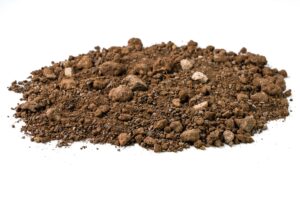
Type B Fill
Type B fill is frequently employed as a lightweight backfill material for constructing retaining walls and embankments, particularly in situations involving weaker soils. The term “Type B fill” designates a specialized category...
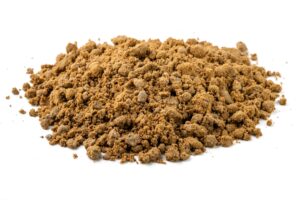
Tailings
Tailings are the waste materials left behind after extracting valuable minerals from ores in industries like mining and mineral extraction. These residual materials consist of finely ground particles, often in a slurry form, and vary in...
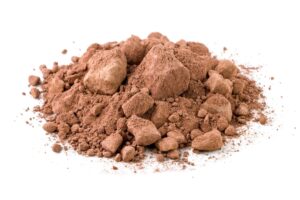
Mud Stone
Mudstone is a type of sedimentary rock that is composed of fine-grained particles, including clay minerals and silt, derived from the settling of clay in calm water bodies. It forms through the accumulation and compaction of these small...
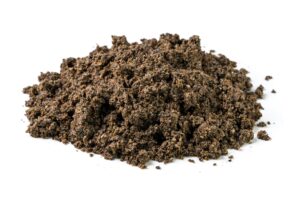
Clean Fill
“Clean fill” is a fundamental term in the construction industry, denoting earth materials, such as soil, rock, sand, gravel, or similar substances, that are devoid of contaminants, debris, or hazardous elements.
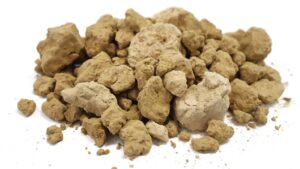
Clay Overburden
Clay overburden is the stratum of clay-rich material that frequently overlays valuable subterranean resources or mineral deposits. Typically, it is extracted and temporarily relocated during mining or excavation operations to facilitate...
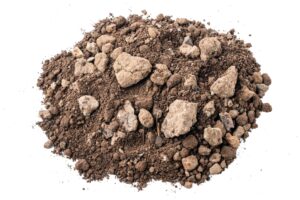
Clay
Clay is a fine-grained soil material composed of minuscule mineral particles and organic matter. Its notable characteristic is its inherent plasticity and cohesion when in a moist state, while transitioning to a firm and compact form when...

Capping Clay
“Capping clay” refers to a particular variety of clay that develops a natural firm, solid layer or crust on the soil’s surface following periods of rainfall or irrigation as it dries.

Case
studies

Normark
Established in 1977, Normark are a second generation family business specialising in landscape design and construction across Melbourne. "From inner-city Melbourne courtyards to large commercial open spaces, Normark will deliver."

Normark
Established in 1977, Normark are a second generation family business specialising in landscape design and construction across Melbourne. "From inner-city Melbourne courtyards to large commercial open spaces, Normark will deliver."

Normark
Established in 1977, Normark are a second generation family business specialising in landscape design and construction across Melbourne. "From inner-city Melbourne courtyards to large commercial open spaces, Normark will deliver."

Normark
Established in 1977, Normark are a second generation family business specialising in landscape design and construction across Melbourne. "From inner-city Melbourne courtyards to large commercial open spaces, Normark will deliver."

Normark
Established in 1977, Normark are a second generation family business specialising in landscape design and construction across Melbourne. "From inner-city Melbourne courtyards to large commercial open spaces, Normark will deliver."

